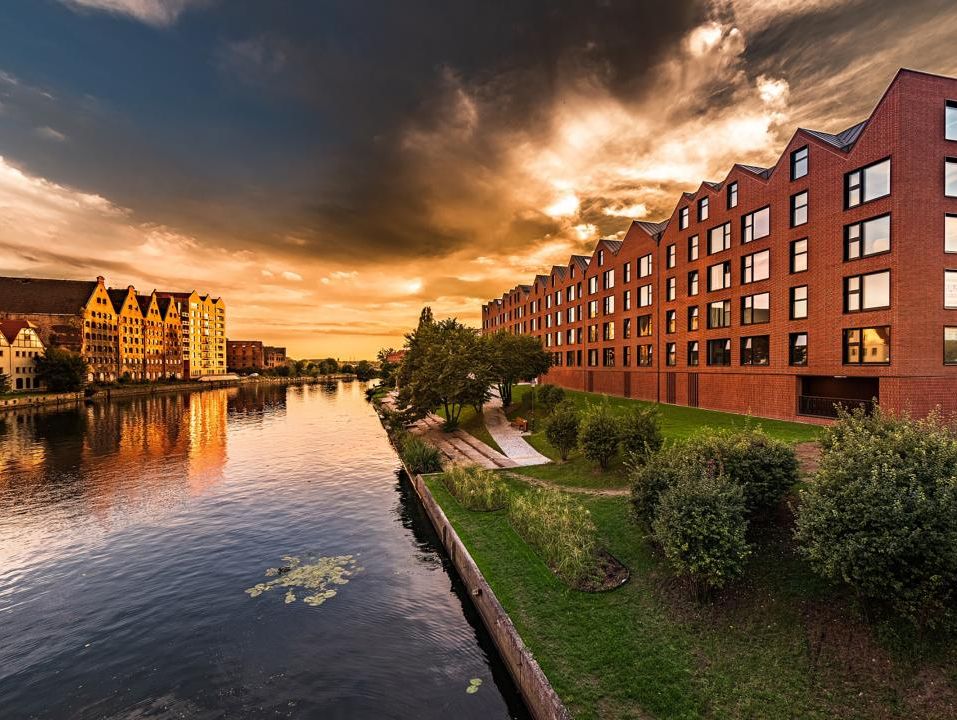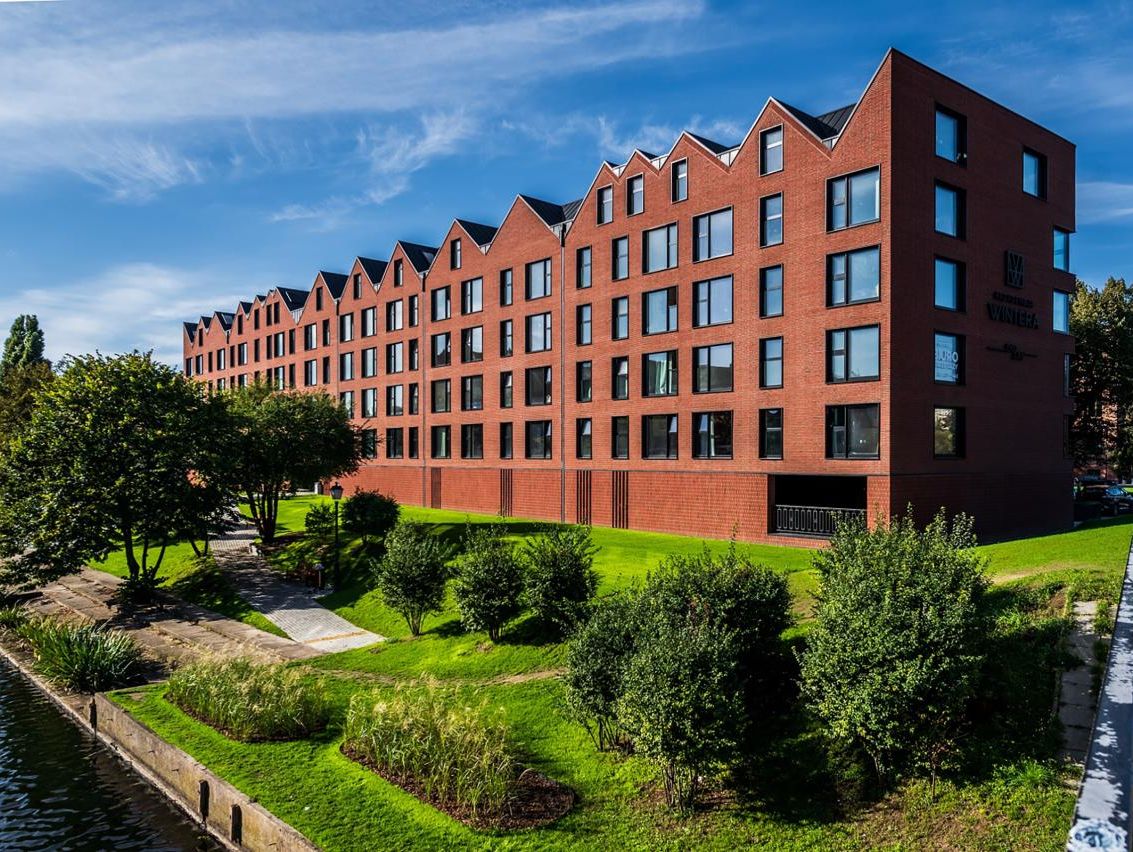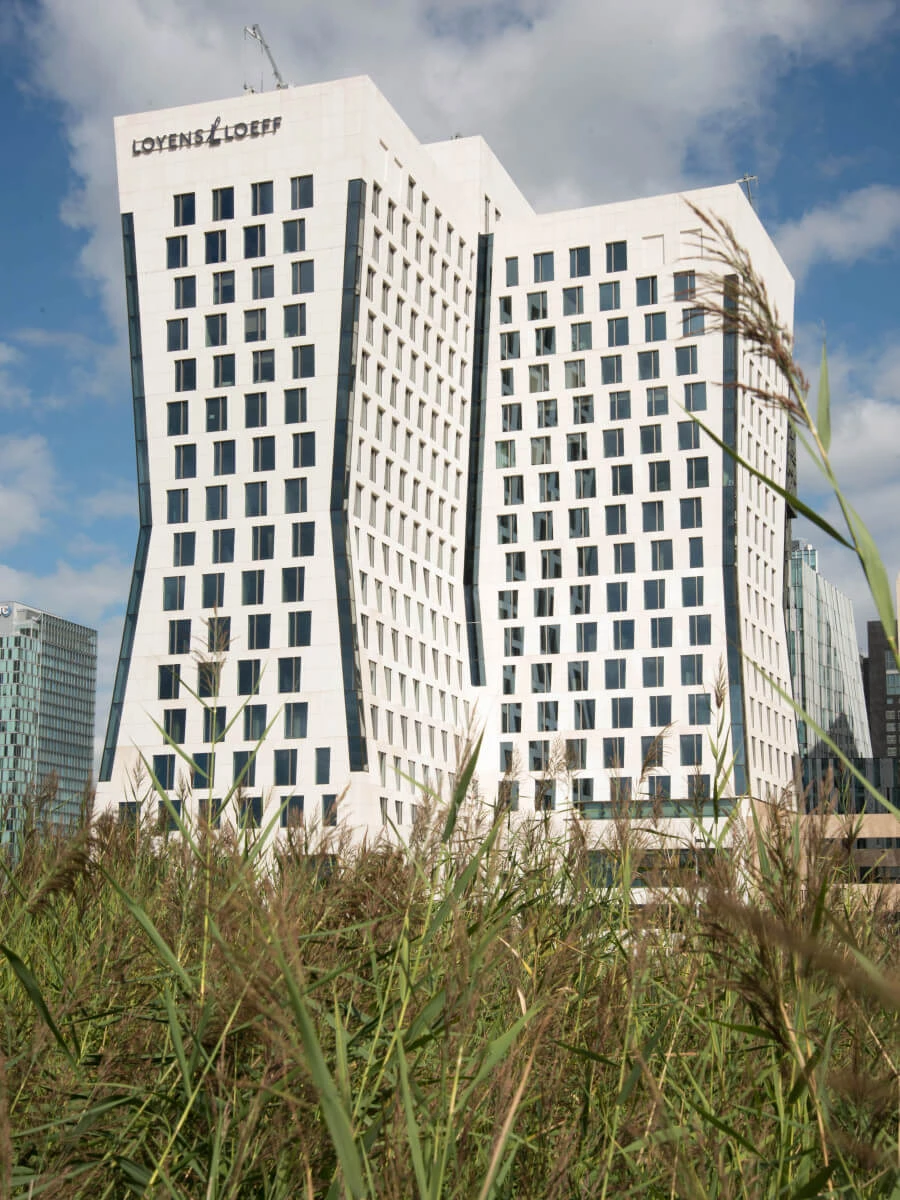Sustainable Building and Well-being – How Does Eco-Friendly Construction Affect Our Well-being?

Winter Residence, Gdańsk, Poland. Systems used: MB-70CW, MB-45, MB-78EI, MB-86.
The Impact of Architecture on Well-being
The idea that architecture influences health and well-being is not new. The earliest statistics suggesting that the environment we live in affects life expectancy emerged as early as the 18th century when it was discovered that city dwellers had a shorter average lifespan than rural inhabitants.
In the 1950s, the focus shifted to how residential architecture affects mental well-being. The mass housing developments of that era heightened issues like loneliness, boredom, and stress. Today, we have a much better understanding of how architecture influences psychological and physical well-being. Let’s delve into key pieces of information that convince us that incorporating sustainability principles in architecture can significantly enhance the quality of life for residents and users.
Physical Health Supported by Green Architecture
Between 2012 and 2022, a range of studies confirmed the positive impact of sustainable building on physical health. The paper "Green Buildings Impacts on Occupants' Health and Productivity" illustrates that transitioning from traditional to sustainable buildings yields positive health benefits, which in a broader perspective results in reduced healthcare costs, fewer sick days, and improved productivity—ultimately having economic effects.
Research by the World Green Building Council indicates that using sustainable and eco-friendly building materials, such as aluminium, can improve indoor air quality in buildings and thus reduce the risk of respiratory diseases for occupants.
The groundbreaking studies by Roger Ulrich, Professor of Architecture at the Center for Healthcare Building Research at Chalmers University of Technology in Sweden, were also instrumental in this field. He demonstrated that hospitalized patients who could view trees from their windows recovered faster and experienced fewer postoperative complications than those whose rooms faced a brick wall.
Architecture can also encourage physical activity. Designing spaces in a way that features courtyards, passages, and pathways that invite and encourage spending time outdoors in natural lighting promotes health.

Architecture and Mood
Most people spend the majority of their lives inside buildings—homes, schools, offices, shopping centers. The surroundings affect their mood in various ways: through sensory stimuli (sounds, smells, colors), light regulation, and aesthetic experiences.
Windows are one of the most critical elements influencing mood. Proper lighting enhances well-being. According to research published in "Biophilic Design in the Workplace" by Terrapin Bright Green, natural lighting can reduce stress levels by 15%. The beneficial effects of natural light on health are also confirmed by studies published in "Sleep Health," showing that workers in naturally lit rooms were physically active for 46 minutes longer daily than those relying on artificial lighting. Increased physical activity throughout the day leads to a healthier body and mind.
Aluprof’s aluminium curtain wall systems, like the MB-SR50N HI+, exemplify attention to proper illumination. This system allows for constructing glass walls with narrow division lines, ensuring construction durability and strength while providing excellent thermal insulation necessary in sustainably developed buildings – explains Ralph van der Kooij.

The Link, Antwerp, Belgium. Systems used: MB-70HI, MB-77HS, MB-SR50N EFEKT, MB-SR50N HI+.
Strengthening Social Connections
Ironically, the denser the population, the fewer the social bonds among neighbors. However, the "The Impact of the Built Environment on Wellbeing" report by the Royal Institute of British Architects (RIBA) emphasizes that creating social spaces fosters community ties and integration, positively affecting the community's mental health.
Sustainable architecture goes beyond using high-quality, eco-friendly materials and ensuring adequate light. It’s about managing all available space to support bonds and interactions among users.
A space that combines various activities is the Hourglass building in Amsterdam’s Zuidas district, which uses Aluprof aluminium window systems. This mixed-use project includes office, hotel, and additional gastronomic areas. The communal spaces are designed to encourage social interactions and community building – says Michiel van Duren, Managing Director at Aluprof Nederland BV.

Hourglass, Amsterdam, Netherlands. Systems used: MB-86 SI, MB-SR50N, MB-SR60N.
Let’s Build a Better and Zero Waste Future
While often overlooked, architecture’s impact on human well-being is immense. In a world where currently 56% and by 2050, 70% of the population will live in urban areas, the functionality of buildings, their spatial arrangement, the safety they provide, and the microclimate they create significantly affect a large portion of the population. This influence cannot be underestimated. That’s why sustainable building is a priority for all of us.
